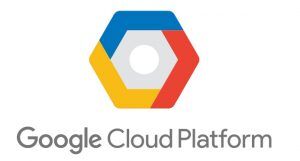Google cloud OAuth consent screen specifies what the app is shown to users and app reviewers and registers it for publishing later.
Bobcares answers all questions no matter the size, as part of our Google cloud platform support Service
Let us take a look at Google Cloud OAuth Consent Screen in detail.
OAuth consent screen
Google shows the user a consent page that includes an overview of the project, its policies, and the desired authorized scopes of access when utilizing OAuth 2.0 for authorization. The OAuth consent screen configuration for the app specifies what is shown to users and app reviewers and registers the app for subsequent publication.
All OAuth 2.0 applications require a consent screen setup, however, only apps used by users outside of the Google Workspace organization must list scopes. When a service account is created, the Google project must have an OAuth Consent Screen constructed and configured to allow Google Workspace Domain-Wide Delegation.
Configure OAuth consent & app registration
To configure the OAth consent and register the app on google cloud follow the steps given below:
- Firstly, Open the Google Cloud console.
- Click Menu > APIs & Services > Google OAuth consent screen in the top-left corner.
- Then, choose a user type for the app and then click Create.
- After completing the app registration form, click Save and Continue.
- Click Add or Remove Scopes if the user is developing an app for usage outside of the Google Workspace organization. Add and confirm the app’s authorization scopes, then click Save and Continue. Please keep in mind that some scopes require further Google reviews. Scopes will not display on the consent page for exclusively internal applications by the Google Workspace organization. And the use of restricted or sensitive scopes does not require additional assessment by Google.
- Click Add users under “Test users.” Enter the email address and the names of any more approved test users, then click Save and Continue.
- Examine the app registration summary. To make changes, click Edit, or return to the Dashboard. This is the final step in configuring the google cloud OAuth consent screen.
[Need assistance with similar queries? We are here to help]
Conclusion
To conclude, it is easy to configure and register the apps through the Google cloud OAuth consent seen. The feature is accessible through the Google cloud console.
PREVENT YOUR SERVER FROM CRASHING!
Never again lose customers to poor server speed! Let us help you.
Our server experts will monitor & maintain your server 24/7 so that it remains lightning fast and secure.



0 Comments